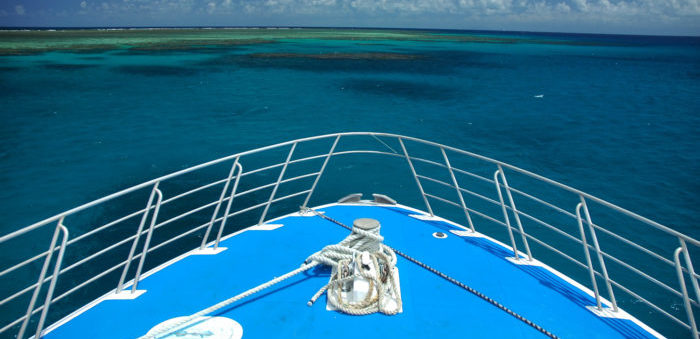A new electronic tracking system is being tested, which will use tourists’ handprints in order to identify and monitor them. The new system is being trialled on the Great Barrier Reef, aiming to reduce the risk of divers and snorkellers that are left behind.
In a number of cases several people have been left behind because of incorrect headcounts. A notable case is this of Tom and Eileen Lonergan. The two were left behind while diving on the Great Barrier Reef, off Port Douglas in Queensland, and they were never found.
[smlsubform prepend=”GET THE SAFETY4SEA IN YOUR INBOX!” showname=false emailtxt=”” emailholder=”Enter your email address” showsubmit=true submittxt=”Submit” jsthanks=false thankyou=”Thank you for subscribing to our mailing list”]
The electronic tracking system “Tourist Onboard Management System” (TOMS) was tested off the coast of Cairns to eliminate the cases of tourists being left behind.
TOMS International director Tony Raftis said that the system uses a palm vein scanning technology to identify passengers onboard. TOMS will also include facial recognition software and technology to track tourists when they were onboard.
According to Mr. Raftis, the technology will work by collecting information, along with the palm print, and these data will be stored on secure servers. If installed, passengers will register their palms at the terminal prior to boarding and scan their palms every time they get on and off the boat.
The testings so far are being successful, but the technology is still in its early stages. The system will be tested on a tourist boat in Cairns the next months, and Mr. Raftis hopes that after that the system will be able to be used commercially.






























































